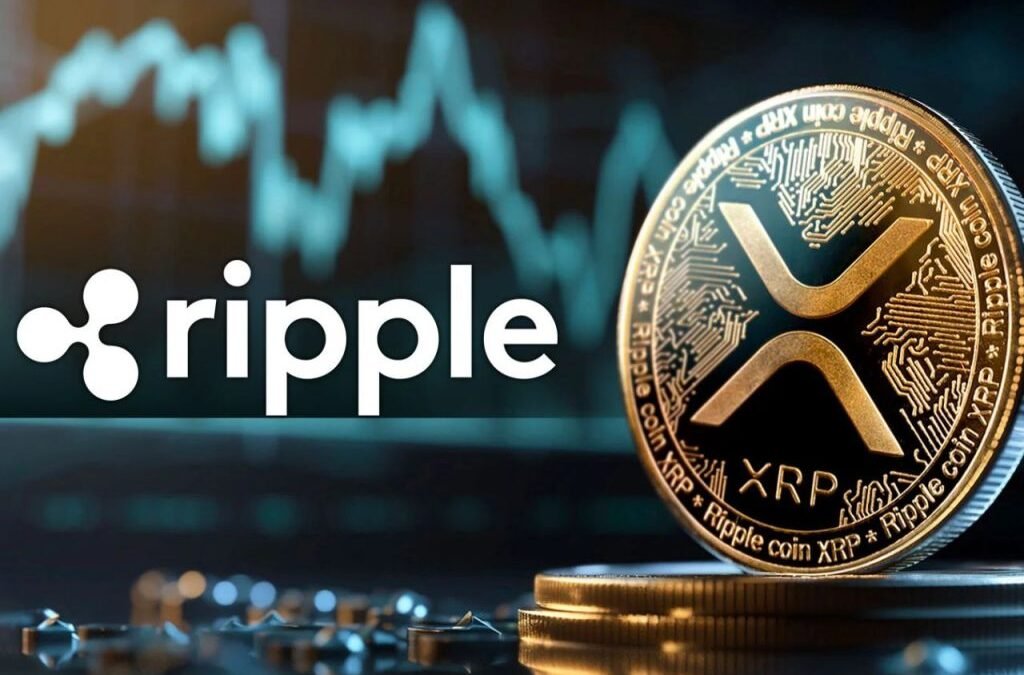Ripple Labs is making bold moves towards history. The blockchain payments giant wants to become the first major crypto-native company securing a U.S. bank charter. Following this, it announced a key infrastructure partnership yesterday. At the same time, it formally applied for a national banking license. This dual strategy signals a major push into regulated finance.
Building the Stablecoin Highway
Ripple just partnered with London’s OpenPayd, a banking-as-a-service provider. Together, they will build enhanced stablecoin infrastructure. Specifically, this collaboration integrates Ripple’s payments network with OpenPayd’s fiat currency systems. This supports Ripple’s own U.S. dollar stablecoin, RLUSD. Businesses can now move money globally faster and cheaper. OpenPayd will enable direct RLUSD minting and burning. Therefore, companies gain reliable access to tokenized dollars.
“This partnership solves critical enterprise needs,” stated Jack McDonald, Ripple’s SVP of Stablecoins. He emphasized seamless interoperability between traditional finance and digital assets. The solution targets easier cross-border payments and treasury management. It also addresses dollar liquidity requirements. Ripple Payments already processes over $70 billion annually across 90+ markets. This new link significantly boosts its capabilities.
The Banking License: A Federal Future?
Ripple dropped big news the same day. It formally applied for a national banking license. The application went to the Office of the Comptroller of the Currency (OCC). Approval would grant Ripple federal oversight. Following this, it could operate across state lines seamlessly. This license marks a pivotal strategic shift. CEO Brad Garlinghouse confirmed the application himself. It follows Ripple ending its SEC cross-appeal recently.
Moreover, Ripple’s subsidiary, Standard Custody & Trust Company, acted decisively. It applied for a Federal Reserve master account on July 1st. Success here would be transformative. Ripple could potentially hold RLUSD reserves directly at the Fed. This drastically reduces third-party risk. Naturally, it also enhances trust and operational control. Federal regulation offers a powerful legitimacy stamp.
Competition and Regulatory Hurdles
However, Ripple isn’t alone in this ambitious race. Circle Internet Group, issuer of rival USDC, applied first. Circle also seeks an OCC national trust bank charter. Anchorage Digital previously pursued similar federal status. Regulatory approval is far from guaranteed, though. The OCC and Federal Reserve demand stringent conditions. These include robust capital reserves and compliance frameworks.
RLUSD, launched December 2024, has a market cap near $450 million currently. Comparatively, Tether (USDT) exceeds $100 billion. Circle’s USDC holds over $62 billion. Therefore, RLUSD remains a smaller player. Yet, its growth trajectory shows promise. RLUSD became the top fiat-backed stablecoin on the XRP Ledger in Q2 2025. It also already holds approvals from NYDFS and Dubai’s DFSA.
Implications
Ripple’s one-two punch carries enormous potential. Firstly, the OpenPayd deal strengthens RLUSD’s real-world utility. Secondly, a banking license redefines its entire operational model. Federally regulated status could attract major institutions. It sets a demanding new benchmark for stablecoin compliance. “This dual oversight creates a unique trust benchmark,” stressed CEO Garlinghouse. Market reaction was immediately positive. XRP’s price climbed 2-5% following the announcements.
Ultimately, Ripple seeks unprecedented integration. It aims to bridge cutting-edge crypto with established banking. Success hinges on navigating complex regulations. The coming months are critical. Will regulators embrace a crypto giant as a bank? The answer could reshape the future of global finance. Ripple is betting big that the answer is yes. Its journey towards becoming crypto’s first bank is officially underway.
Written By Fazal Ul Vahab C H
The post Ripple Plans to Become Crypto’s First Bank and Expands Stablecoin Network Through New Partnership appeared first on Trade Brains.

